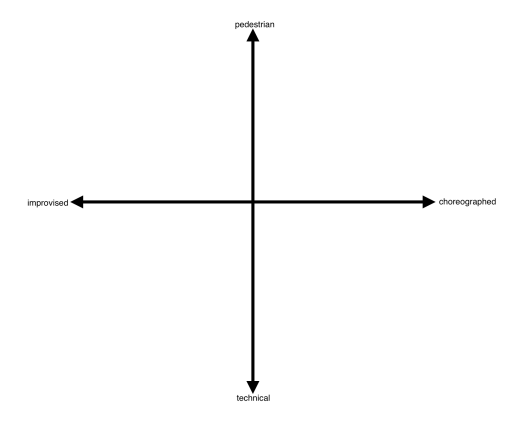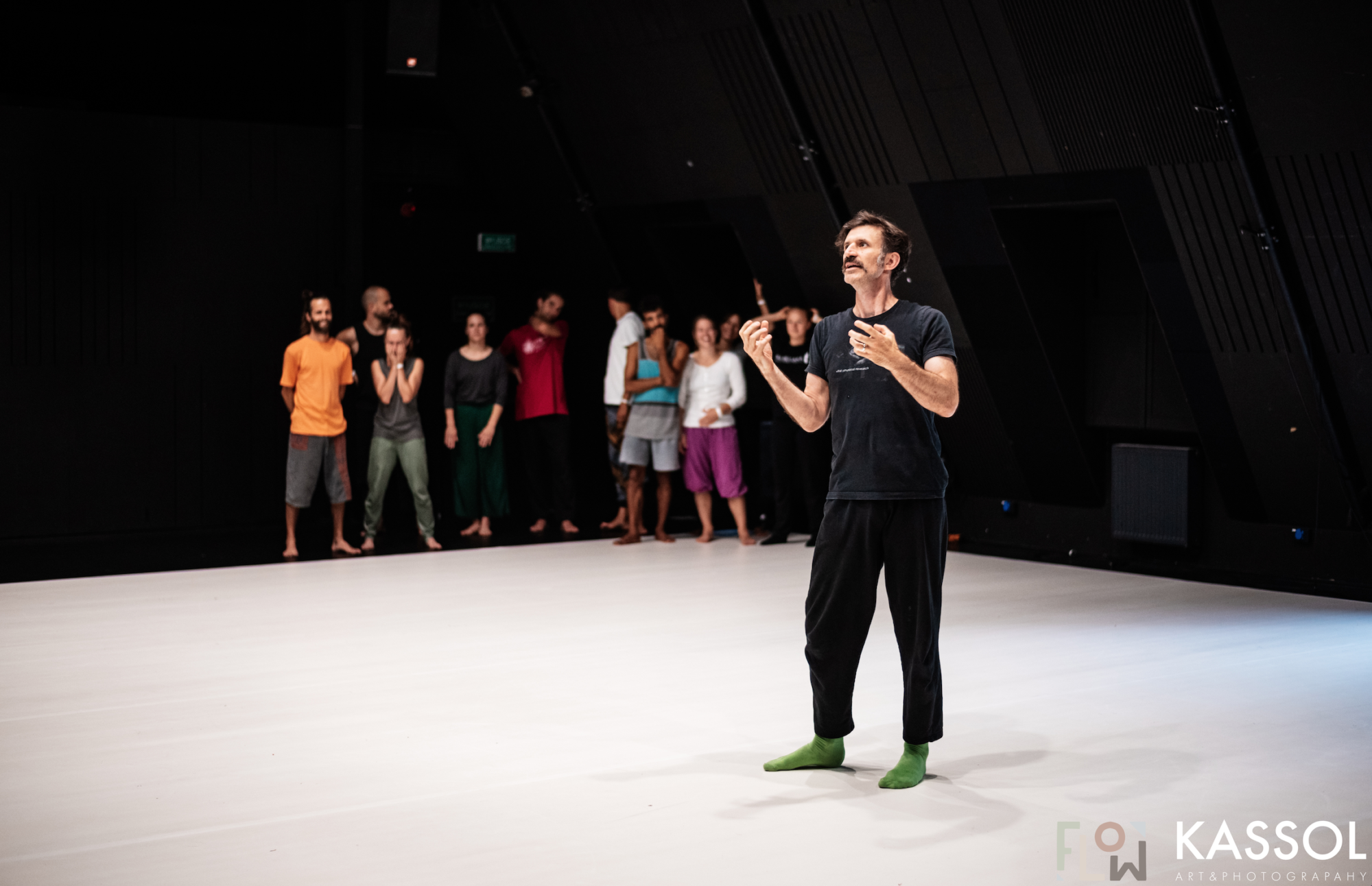
re-lease technique
As a choreographer, a dancer, a dance maker, and a performance theorist, I try to learn and understand as much as possible about my chosen field(s) of knowledge production. This knowledge accumulation process involves seeing a variety of performance, ranging from performances happening in black boxes and white boxes, high budget and low budget performance. It also entails reading a variety of books about visually oriented work – a history of ballet, Barthes, 7 Days in the Art World. So, yeah, me! I’m trying to expand my mind/range.
What particularly interests me, though, are the roots or building blocks of all this textual knowledge, i.e., words. And as I am a (stuck, maybe) a post modern dancer, I am interested in taking apart ideas to see what the inner workings of it are. But enough of this, let’s cut to the chase.
Release technique. What is it? Wikipedia, the compendium of all current truth and knowledge, defines it as “…an umbrella term that encompasses a variety of different corporeal practices that emphasize efficiency of movement in dance. Emphasis is placed on breath, skeletal alignment, joint articulation, ease of muscular tension and the use of gravity and momentum to facilitate movement.”
Fine, sounds good. We’ll take it. But let’s go deeper. Re-lease. The prefix of re- denotes something happening again, as in a re-petition of something. As in a rechaulking of your bathroom tile because it is so old and you don’t want the water to leak through to the walls and floor and cause the wood to rot.
And what is the lease that is happening again? Well, a lease, if you have ever rented an apartment or leased a car, is a contract. You sign your name on a piece of paper saying that you will pay so much a month to be able to store all your stuff (cue George Carlin) and cook, sleep, shower and shave in a place for a given period of time. For a car, it’s slightly different. I am not exactly sure because I have never leased a car. Why you sign a lease to rent an apartment, but sign a contract to rent a car, I don’t know.
Regardless, and not irregardless(!), a lease involves a contractual agreement between two parties for a specific amount of time. Contractual…what word is hidden in there? Contract. And what contracts? Muscles. Yes, muscles. So what do we have thus far?
Release is a repetition of a contract between two parties for a specific amount of time.
In the human body those two parties could be said to be the myosin fibers of the muscles that pull against each other when the nerve attached to that muscle receives a the signal to sign the contract. And as something can only contract again if it has been relaxed, release technique is not the “focus on the ease of muscular tension” but actually the opposite. It is the focus on the repeated engagement of muscles, or focus on the repeated creation of muscular tension.
Same coin, but the opposite side.
Improvising the technically pedestrian choreography
“While improvisation initially offered Jones a reprieve from the demands of technical training…” – page 115 from I Want To Be Ready by Danielle Goldman.
This quote refers to the choreographer Bill T. Jones. While it may be true that improvisation did offer Jones a respite from the rigors of technical training, I find that this statement sets up, or rather is indicative of an old and antiquated antagonistic binary about improvisation and technique.
I would say that good improvisation requires technical training. The opposite of improvisation is choreography. And to do choreography doesn’t require technical training but merely memory.
A dancer’s relationship to time, i.e., improvisation or choreographed, has nothing to do with technical training. Choreography can be technical or not, improvisation can be technical or not. Though, I would posit that untechnical improvisation isn’t improvisation, but merely futzing about, regardless of how enthusiastic it is. Choreography, on the other hand, is merely remembering a sequence of events.
Technical, pedestrian, improvised, choreographic…one does not imply the other
Technique trains instinct
